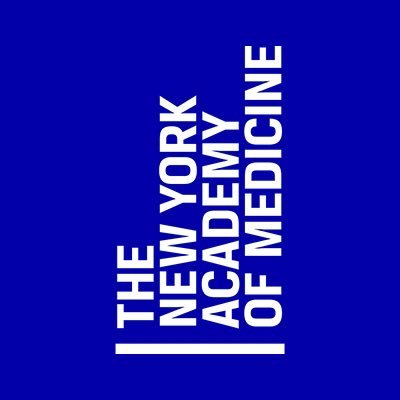A little turmeric for your morning tea via Robert
Bentley's 1880 Medical Botany https://t.co/2yfG0tRVmU #histmed
These colorful types of mushrooms come from "Mushrooms, Russia, and History", by Valentina Pavlovna Wasson and R. Gordon Wasson (1957). #naturalhistory #mushrooms
In preparation for his remarkable anatomy, Jean-Galbert Salvage (1770-1813) ordered a plaster cast of the Gladiator from the Musee Napoloen and worked it over, carving an anatomized interpretation into the plaster #histmed
Bear hug? Cuvier's ursine king of the iceberg has his opponent firmly pinned beneath him https://t.co/sQJNFQPEh3 #allthejanuaryfeels 1863
The Flemish anatomist Adrian van de Spiegel (1578-1625) died before he finished is anatomy text, de formation foetu liber singularis, with plates drawn by Fialetti, a student of Titian's #Histmed
Planning a big New Year's party? Impress your guests with these artistic dessert dishes from Theodore Francis Garrett's The Encyclopaedia of Practical Cookery (1898).
@NYAMHistory will be closed December 31st and January 1st. Happy New Year!
This plate from William P. C. Barton's Vegetable Materia Medica (1817) features Chimaphila umbellata, also known as prince's pine, umbellate wintergreen, or pipsissewa. Although Barton was interested in its medicinal uses, this plant is also used to flavor root beer! #histmed
This trade card from our William H. Helfand Collection of Pharmaceutical Trade Cards advertises "seasonable suggestions" for medicines from D. Jayne and Son, a Philadelphia manufacturer, including Dr. Jayne's Expectorant, Liniment, Sanative Pills, and Tonic Vermifuge. #histmed
The Italian physician and author Fortunio Liceti expressed wonder and admiration--not horror-- at the monstrous creatures depicted in his 1616 book of prodigies #histmed














